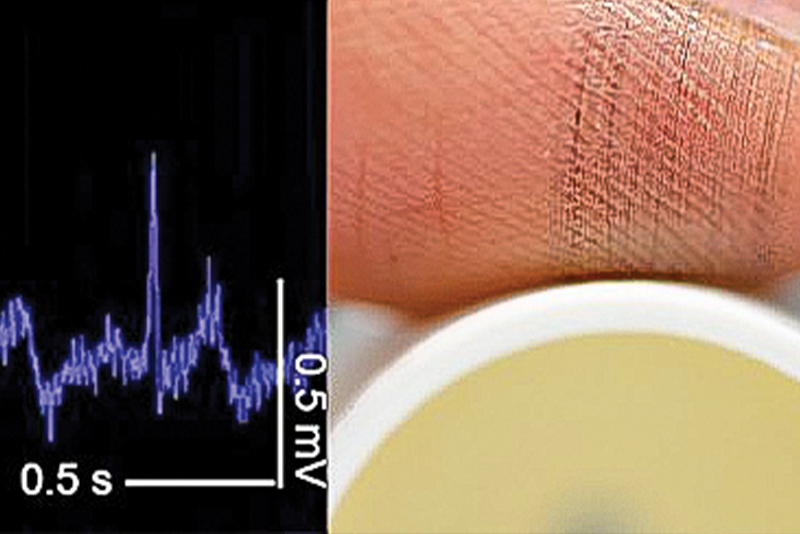

Researchers at the University of Cambridge, UK, have created lightweight bioelectronic sensors that can be used in virtual reality and to monitor people’s health.

Researchers at the University of Cambridge, UK, have created lightweight bioelectronic sensors that can be used in virtual reality and to monitor people’s health. These sensors have been inspired by the properties of spider silk, which is thin and can stick to different types of surfaces. The bioelectronic sensors have been developed using polyethylene oxide, hyaluronic acid and PEDOT:PSS (a water-based emulsion) and can be printed onto biological surfaces such as a leaf or a finger. The fibres created are at least 50 times thinner than human hair and are designed to be imperceptible when worn. These sensors can be used to study skin sensations, monitor the environment and enhance virtual reality experiences.
Watch this video to learn how spider silk is inspiring future innovations





